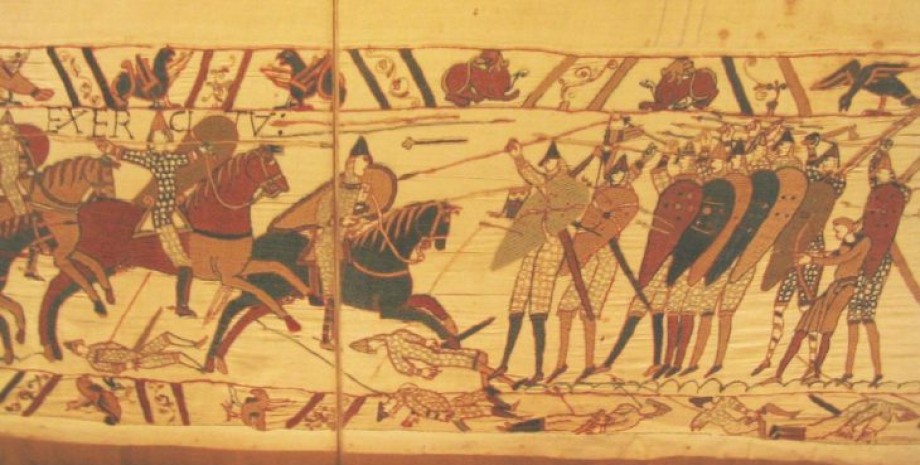
 By Victor Duda
By Victor Duda
This new understanding adds an international dimension to their history, writes Arkeonews. Focus. Technology has appeared its Telegram channel. Subscribe not to miss the latest and most intricate news from the world of science! Archaeologists have found the remains of a man in a taplou in a Buckingmshire dressed in a characteristic jacket for a riding riding in Eurasian style. In addition, Pritlwell in Essex found a copper flask with a unique pearl rounded with the image of St.
Sergius, made in the Sasanid Workshop. This question the idea that non -existent goods in the Anglo -Saxon England were only through trade. Artifacts from famous Anglo -Saxon burials, including Satton Hu, Taplou and Pritlwell, confirm these conclusions. Dr. St. John Simpson, a senior curator of the British Museum, noted that the objects found in these places indicate that the Anglo-Saxon princes fought for the Byzantine Empire against the Iranian Sasanids.
"The pearl circle on the Pritlwell flask is unique, and its iconography clearly fits into the Sasanid design language, which suggests that it was made further east, in the Sasanid workshop," Simpson said. Simpson in collaboration with a historian from Oxford University, Helen Hittos explored these unusual objects.
They came to the conclusion that artifacts probably come from the Eastern Mediterranean and Northern Syria, which indicates the participation of Anglo -Saxons in Byzantium military campaigns against the Sasanid empire, a powerful Iranian dynasty.
"Oriental tunes of warriors with Pritlwell and Taplou, combined with the design of shoulder fasteners with Satton-Hu, strengthen the idea that these people have returned from Syria even closer to the late antique fashion of the Byzantine-Sasanid elite society of warriors," said Simpson. The researcher emphasized that armor and other objects found in these places can help rethink life in Anglo -Saxon England as they testify to more global interaction than before.
"These findings put Anglo -Saxon princes and their supporters in the center of events of one of the last great wars of late antiquity," he said. This participation involved the Anglo -Saxons in conflicts between Byzantines and Sasanides, opening them a much wider world. Another fascinating discovery was the lumps of bitumen in Satton, which was initially thought to be connected with the ship. Scientific research has shown that these lumps come from northeastern Syria.
Sasanides were used bitumen because of its healing properties. "I think it is another item that was brought by superstitious warriors who may have even taken Christianity during Byzantine campaigns against the Sasanids," Simpson suggests. The findings point to the Anglo -Saxon soldiers who served under the rule of Byzantine emperors Tiberius II and Morris. These emperors recorded in military manuals that the Britons were skilled fighters in wooded terrain.










All rights reserved IN-Ukraine.info - 2022